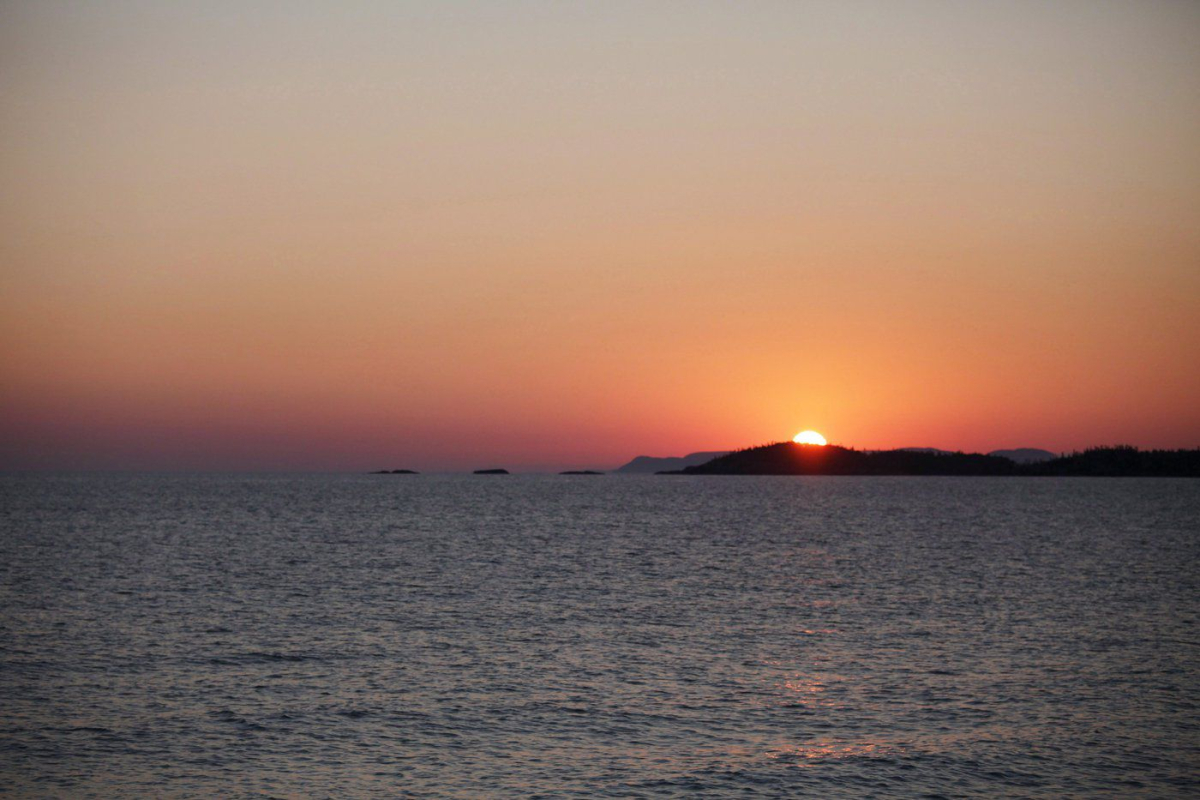Support strong Canadian climate journalism for 2025
Canadian lakes are in hot water over climate change, a new research survey has concluded.
"Canadian lakes are warming twice as fast as the rest of the lakes globally," said York University biologist Sapna Sharma, a co-author of a paper published in the journal Bioscience.
Sharma and her colleagues pored over 143 studies from around the world to try to summarize how climate change is affecting the globe's 100 million lakes.
Lakes that have been ice-covered at least part of the year are experiencing the biggest changes, they found.
Warming air temperatures have reduced ice cover an average of 31 days over the past 165 years, with ice cover disappearing six times faster in the past 25 years. About 15,000 Northern Hemisphere lakes that once froze every winter are now experiencing ice-free years and 6,000 of those lakes may never freeze again.
Water temperatures are rising as they absorb more sunlight, with the upper layers of lakes warming up even more quickly.
Lakes around the world are already warming by a third of a degree Celsius per decade, with ice-covered lakes warming twice as fast as the global average. By the end of the century, average global lake temperatures are expected to rise anywhere from 1 C to 4 C.
That increases water loss from evaporation and encourages blooms of toxic algae.
"In Canada, as well as other places in the world, we're seeing increased incidence of these algal blooms much later in the season," Sharma said.
Lake Superior, the world's largest lake by surface area, now experiences algae blooms. In 2014, a secluded lake in Ontario's Algonquin Park was closed to camping because of algal blooms — the first such bloom in more than a century.
"Even these remote lakes, they're seeing algal blooms that are unprecedented."
Rising temperatures are also making it tough for cold-water fish species, such as walleye or lake trout, the study found. Those fish are already beginning to be crowded out by those that prefer warmer climes, such as bass.
"They are moving really, really quickly as our lakes continue to warm and the habitat becomes more suitable — they're moving way faster than we predicted 15 years ago."
But rising temperatures aren't the only way climate change is affecting lakes.
Higher winds are increasing evaporation and so is the decline in relative humidity. Relatively less humid air can absorb more water.
More frequent and more intense storms force gushers of run-off into lakes, bringing with them many of the same nutrients that encourage algae growth.
As well, earlier ice melting can throw off the delicate timing of when food becomes available to the newly hatched fish that need it. That reduces the number of young fish can produce.
Sharma fears that many lakes are reaching a tipping point, when they can no longer adapt to their new environmental circumstances and morph into something different.
"We should not expect gradual ecosystem responses to climate change," her paper reads, "but rather tipping point responses that lead to new ecosystem states once ecological thresholds are crossed."
Many of those changes will be borne by those least able to do so, said Sharma. Indigenous or poor people have less access to alternate supplies when water quality deteriorates.
"Climate change impacts are going to impact marginalized communities and poorer communities much earlier than others."
This report by The Canadian Press was first published July 19, 2022.





Comments